In the field of plant lighting, traditional LED beads had become the mainstream choice with high energy efficiency and long life. However, with the breakthrough of quantum dot technology, Quantum LED (Quantum Dot Light Emitting Diode) is revolutionizing the technology with its disruptive advantages. In this article, we will analyze the working principle of Quantum LED and compare its difference with traditional LED, revealing why this technology is becoming the light of the future for modern agriculture and home cultivation.
Quantum LED: From Materials to Technological Innovation
The core of Quantum LED lies in quantum dots (Quantum Dot) - a kind of nanoscale semiconductor crystals composed of zinc, cadmium, selenium and other atoms. With a size of only 2-10 nanometers, it is smaller than a bacterium, yet it can be tuned to achieve precise spectral emission.
Working Principle: Quantum Level Regulation of Light and Electricity
Photoluminescence Mode: The current mainstream Quantum LED adopts blue LED chip as the excitation source. After absorbing the blue light, the quantum dot film re-emits red or green light according to its own size, and mixes with the remaining blue light to form the full spectrum.
Electroluminescence vision: The future ultimate form of Quantum LED will realize direct current drive without external light source, and achieve higher energy efficiency and color purity through quantum dots self-luminescence.
Technical Advantage: Three Major Breakthroughs Beyond Traditional LEDs
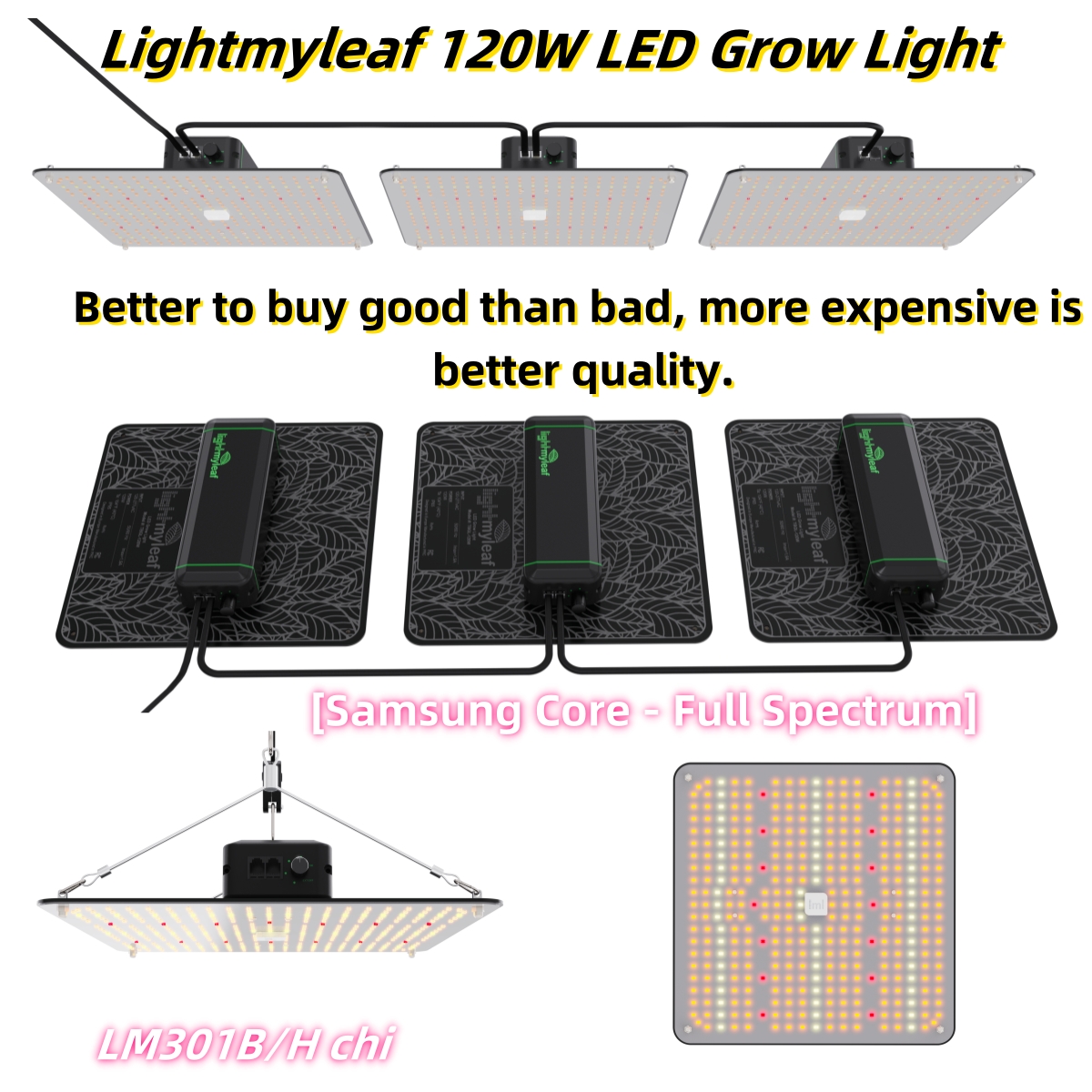
Wide Color Gamut Coverage: Quantum LEDs can cover more than 95% of the DCI-P3 color gamut, far exceeding 70%-80% of traditional LEDs, and accurately matches the spectra required for plant photosynthesis.
High brightness and low energy consumption: Quantum Dot luminous efficiency is 50% higher than traditional LEDs, and energy consumption is 30% lower under the same brightness, especially suitable for high-density planting scenarios.
Long life and stability: inorganic quantum dot material is not easy to oxidize, the theoretical life of more than 50,000 hours, and no traditional LED “light decay” problem.
Quantum LED vs. LED: Who is the Ultimate Answer for Plant Lighting?
In the field of plant lighting
the comparison between Quantum LED and traditional LED is essentially a competition between technological innovation and mature programs. In terms of spectral accuracy, Quantum LED shows significant advantages. It can accurately match the photosynthesis needs of different plants in each growth stage by customizing the red, blue and far-red spectra, providing the most suitable light environment for plants; while traditional LEDs rely on phosphor dimming, with poor spectral continuity, making it difficult to achieve an accurate response to plant needs.
In terms of energy efficiency
Quantum LED is also superior. In photoluminescence mode, Quantum LED's luminous efficiency is as high as 150 lm/W, while traditional LED's energy efficiency ratio is about 100 - 120 lm/W. This means that under the same brightness output, Quantum LED can save about 30% of energy consumption, which will significantly reduce the long-term operating costs for large-scale planting scenarios.
Quantum LEDs also have a clear advantage in terms of lifetime. Its theoretical life of more than 50,000 hours, and due to the use of inorganic quantum dot material, not easy to oxidize, higher stability, there is almost no traditional LED common “light decay” problem; In contrast, the service life of the traditional LED is usually in the 30,000 - 40,000 hours or so, and with the use of the time growth, the brightness will gradually decline.
In terms of cost
Quantum LED's initial investment is relatively high, mainly due to the cost of quantum dot materials and precision packaging technology. However, from the perspective of long-term return on investment (ROI), Quantum LED, with its high energy efficiency, long life and other advantages, can save a lot of costs for enterprises in long-term operation, and realize higher economic benefits; while the traditional LED, although the purchase cost is lower, but in the follow-up maintenance, replacement and energy consumption, the cost will gradually increase.
In terms of application scenarios
Quantum LED is more suitable for high value-added crop cultivation and agricultural applications in extreme environments. For example, in the cultivation of medicinal plants and high-value flowers, Quantum LED can enhance the yield and quality of crops through precise control of the spectrum; in space agriculture, polar greenhouses and other extreme environments, its low energy consumption and high stability become a key advantage. Traditional LEDs are more often used in common greenhouses, fill light and other scenarios to meet the basic plant lighting needs.
Analysis of Scenario Advantages
High-value-added Crops: In the cultivation of medicinal plants and high-value flowers, Quantum LEDs light can improve yield and quality through precise spectral control.
Extreme environment adaptation: In space agriculture, polar greenhouse and other scenarios, its low energy consumption and high stability become the key advantage.
Home planting revolution: The modular design of Quantum LED light strips can realize DIY spectral combinations to meet personalized planting needs.
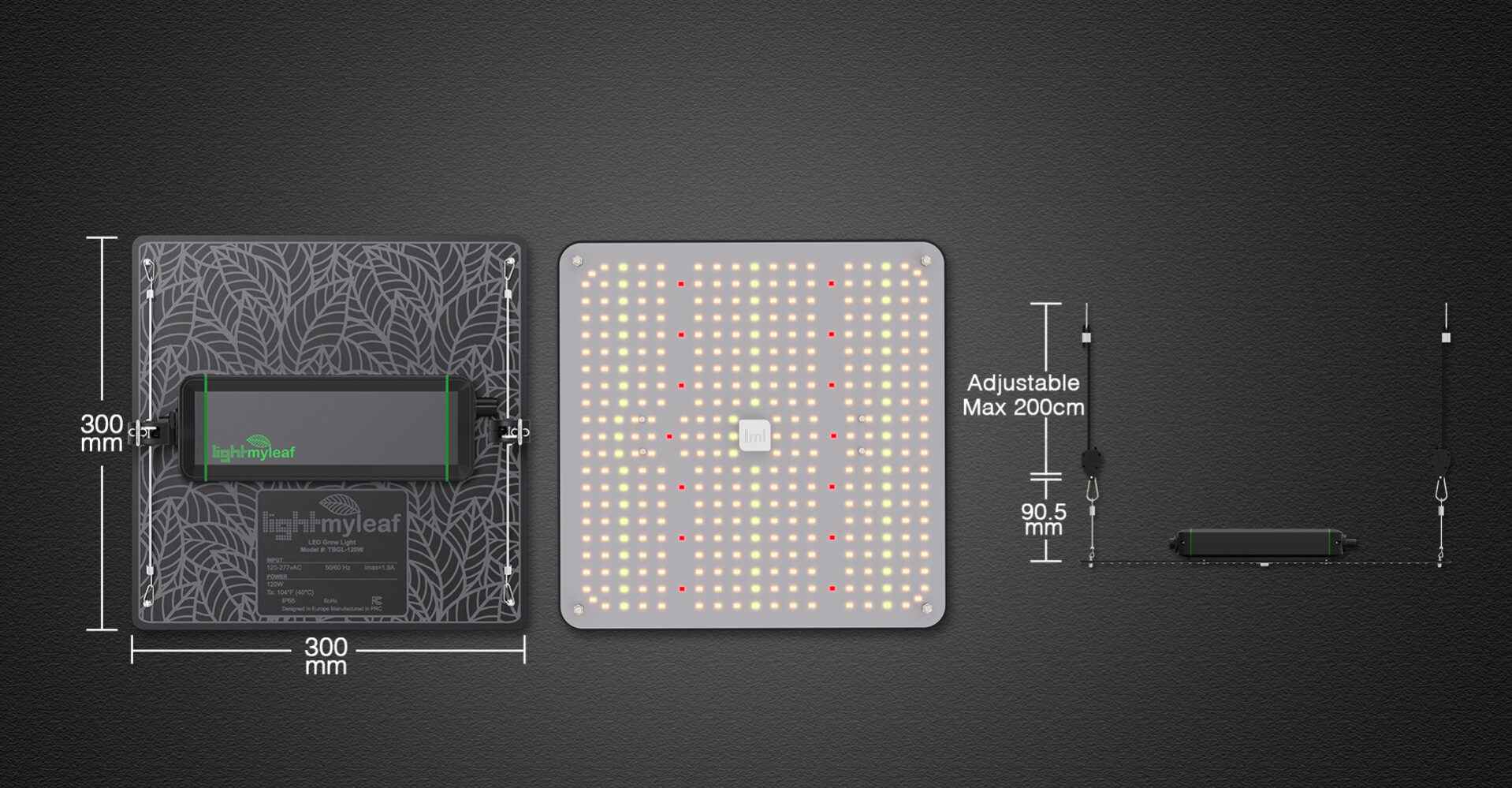
Challenges and Future: The Road to Commercialization of Quantum LED
Despite the significant advantages of Quantum LED, its commercialization is still facing two major challenges:
Cost threshold: Quantum dot materials and precision packaging technology lead to high initial costs, which need to be reduced through large-scale production.
Technology maturity: electroluminescent Quantum LED has not been fully commercialized, the current mainstream products still rely on blue LED excitation.
Future Trends: Technology Integration and Ecological Construction
Combination with AIoT: Real-time monitoring of plant growth status through sensors, dynamic adjustment of spectrum and light intensity.
Flexible display technology: flexible Quantum LED can realize curved lighting, improve space utilization and light uniformity.
Policy Driven: With the global carbon neutrality goal, Quantum LED's high energy efficiency will be supported by more policies.
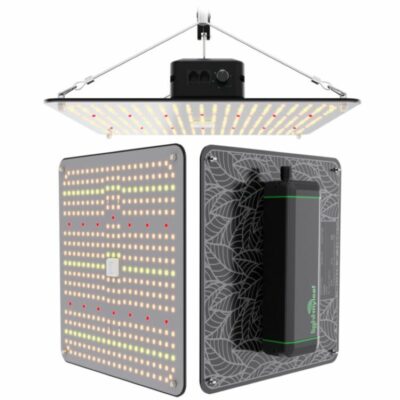
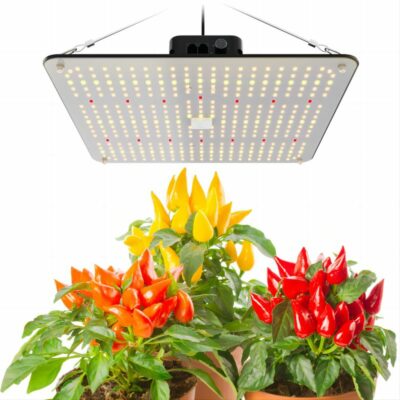

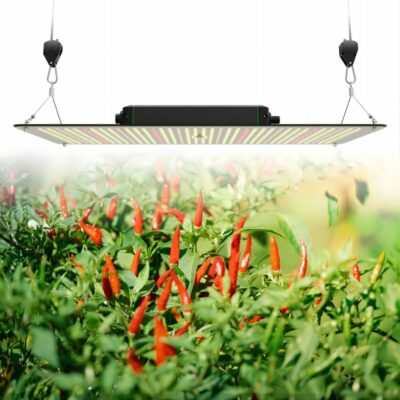
Quantum LED, Lighting up the Future of Plant Lighting
From material science to agricultural applications, Quantum LED's breakthrough is not only in improving technical parameters, but also in redefining the value of “light”. For the pursuit of efficient, precise and sustainable modern agriculture, Quantum LED is no longer a multiple choice question, but a must-answer question for the future.
Lightmyleaf will continue to monitor the latest progress of Quantum LED technology and provide cutting-edge lighting solutions for growers around the world. Let's look forward to the miracle of plant growth under the light of Quantum LED!
Tags
